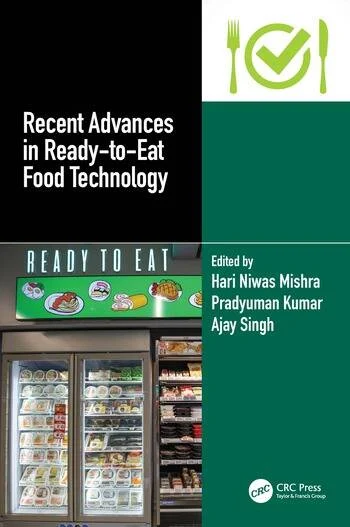TECH FLASH
Fresh food consumption to grow
Over the next five years, the consumption rate of fresh food will continue to grow, with the youngest generations driving the trend.

The results are in, and fresh foods are here to stay, according to the NPD Group, a global information company that projects fresh foods will be more of a factor in healthful convenience snacking in the coming years.
According to NPD, from 2003 and 2013, the consumption of fresh foods (including fruits, vegetables, meat, poultry, fish and eggs) grew by 20 percent to over 100 billion products. Researchers say the younger generations are driving this trend, specifically Generation Z (ages 0-23) and the Millennials (ages 24-37).
“Generation Z and Millennials are driving changes in this country’s eating behaviors with their approach to food choice and preparation,” says Darren Seifer, NPD food and beverage industry analyst. “Foods on the store’s perimeter will benefit from this increasing interest in fresh, and manufacturers of center-of-store items and retailers can take advantage of the ‘fresh’ trend by considering innovative ways to link their products to fresh foods. “
The consumption of fresh foods during each day’s three main meals is only going to increase during the next five years, according to the NPD study, “The Future of Eating: Who’s Eating What in 2018?”
Fresh foods consumed during breakfast are projected to show the highest growth, with an increase of 9 percent by 2018. Lunch comes in second, with 7 percent growth, followed by 5 percent growth during dinner by 2018. Though these fresh foods may require additional prep or cooking time, NPD analysts say this isn’t a problem for younger generations who enjoy more involvement in preparing their meals.
Fresh foods, like fruits, and organic foods will also be key factors in the growth of ready-to-eat better-for-you snacking over the next five years, also driven by younger generations who want the most nutrition and best value when grabbing a snack.
Looking for a reprint of this article?
From high-res PDFs to custom plaques, order your copy today!









